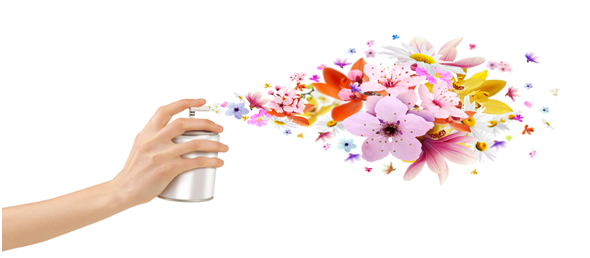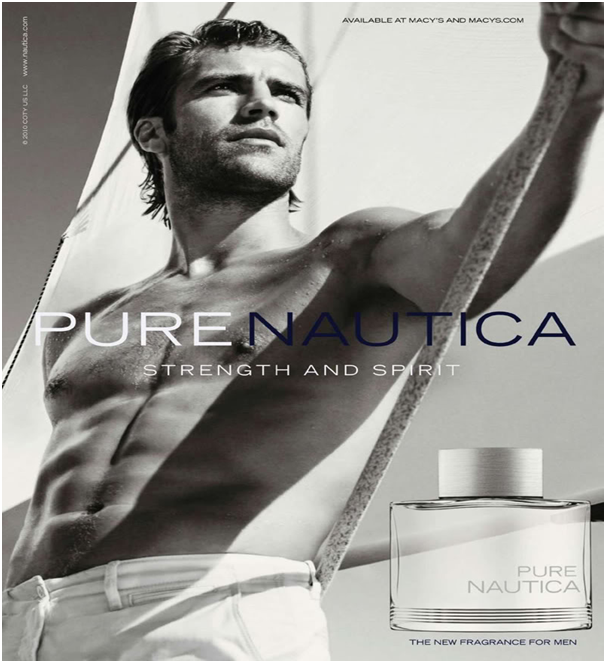You might think that you’re totally in control when you’re out shopping. You know exactly what you want, where to get it and how much you’re prepared to pay. Or are you? Did you know that every step of your customer experience has been mapped out before you even step into a big-named retail store? How you react and what you’re most likely to purchase have been researched, tested and manipulated. A clever retailer will be tapping into your subconscious, engaging all your senses and here’s how they do it:
Smell
You might struggle to think of a time when a shop smell made an impact on you and that’s because it’s often so subtle that it only registers in your subconscious. According to scientific studies, our sense of smell is our most emotional sense. That’s because we immediately get a feeling with a smell rather than spending time analysing it. When more female scents are used in stores such as floral or vanilla scents – sales of women’s clothing doubled. The same thing happened with men’s clothing when more manly scents were dispersed. Next time you enter a store, have a good sniff and see if you can identify is scent is being used and how it makes you feel.

Sound
Normally we only notice music in a store if it’s far too loud but music has a strong yet subtle impact on our behaviours and purchases. Without realising it, that tune is working on your brain and either relaxing you into a lengthy browse or speeding you up into an impulse buy. Music affects our mood, for example if we hear classical music we are more likely to spend more on high quality items. Wine stores found that if they played French music, more French wine would be sold. If you have a product you want to shift, think about what sort of music would encourage people to buy it. For a range of in store music options, visit https://moodmedia.co.uk/sound-solutions/
Sight
Have you ever wondered why shops bombard us with visions of beauty and perfection? Whichever way you feel about the media’s use of beauty, sex and airbrushing, the scientific fact remains that people, and even babies, respond more positively to symmetry and well-proportioned features. It is known as the halo effect and is an automatic assignment of positive character traits to handsome or pretty faces.
Deep down in our subconscious we mirror the success and actions of the glamorous adverts we see, the neurons in our brain responding as if we were. This good feeling is what we experience subconsciously that makes us want to purchase what we see the models wearing or owning.

Touch
Were you aware that the way product shelf displays are arranged can influence your decision whether or not to buy an item? Customers want to feel and test drive products so gone are the days when ‘Please do not touch’ signs hung on every shelf. This is especially the case with electronic devices like mobile phones that need to be held every day. Testers and free samples are used to satisfy this urge to feel what a product is like before buying.